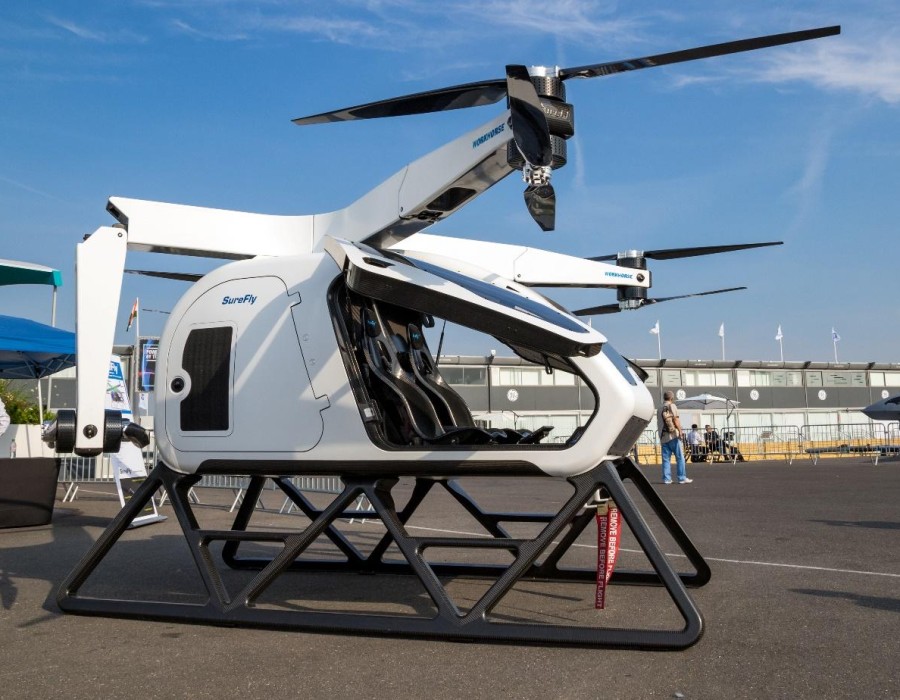Beginning: There has been an upsurge in demand for eVTOLs (electronic vertical takeoff and landing vehicles) in recent memory. The creation of these engineering marvels in EVTOLS for urban air mobility serves to fuel the need for and applications of autonomous and smart mobility.
But what are the evident applications of some of these smart mobility crafts to date? What are the realistic advantages and benefits of smart mobility today? Let us explore more below.
What is Smart Mobility?
Smart mobility is the smart integration and conversion of several transportation modes using modern wireless communications. It uses real-time data analytics, machine learning (ML), and artificial intelligence (AI) to provide safer and more efficient aerial transportation modes.
Smart mobility is a vital part of 3D urban mobility as it helps create a seamless and free-flowing transportation ecosystem. It reduces the negative impact on the planet while enhancing efficiency and productivity.
Where Smart Mobility Operates or is Applied.
- Air taxis: enhanced ability to connect in the most modern aerial vehicles with better and multiple safe features.
- Medical ambulance services: there is a need to step up the speed of health-oriented vehicles that transport the sick from one point to another.
- Autonomous Vehicles: There are already prototypes undergoing several trials and tests. Though semi-autonomous road vehicles are a reality and are happening now, autonomous aerial vehicles are also in the pipeline.
The Realistic Benefits and Advantages of Smart Mobility.
There are several benefits and advantages that smart mobility is already bringing to urban and metropolitan cities around the world. The main objectives of smart mobility are, among others:
- Less traffic congestion and less air and noise pollution. This leads to a more sustainable planet.
- Enhanced transportation safety and the ability to reach the destination in the shortest possible time.
- Improved transfer speed and low transfer costs in transport modes.
- Optimized transport and communications systems that are opening new paths to sustainable, efficient, and safe transportation. They are also impacting air quality in a very big way.
- The rethinking and reimagination of these public transportation systems has completely introduced brand new modes of transport, such as on-demand ride sharing services.
- The shift from traditional motor vehicles to smarter, pollution-free electric vehicles is a sign of the shift in future transportation systems.
Are there any positive benefits to keeping, maintaining, and improving smart mobility options today? Certainly, there are many other reasons and points in favour of a more evolved smart mobility system. There are more investments in the smart mobility sector with enhanced growth opportunities.
Conclusion: We are already seeing the enhanced benefits of using these new transport trends across several regions and nations globally. The application and use of smart has the capacity to cut down on pollution, reduce commute times, save lives with dedicated air ambulances, and make service access better, faster, and seamless. The possibilities of enhanced smart mobility powered by the seamless use of satellite internet for travel will revolutionise several aspects of daily life and impact multiple other allied factors.
For more info:-
global satellite internet market






Comments